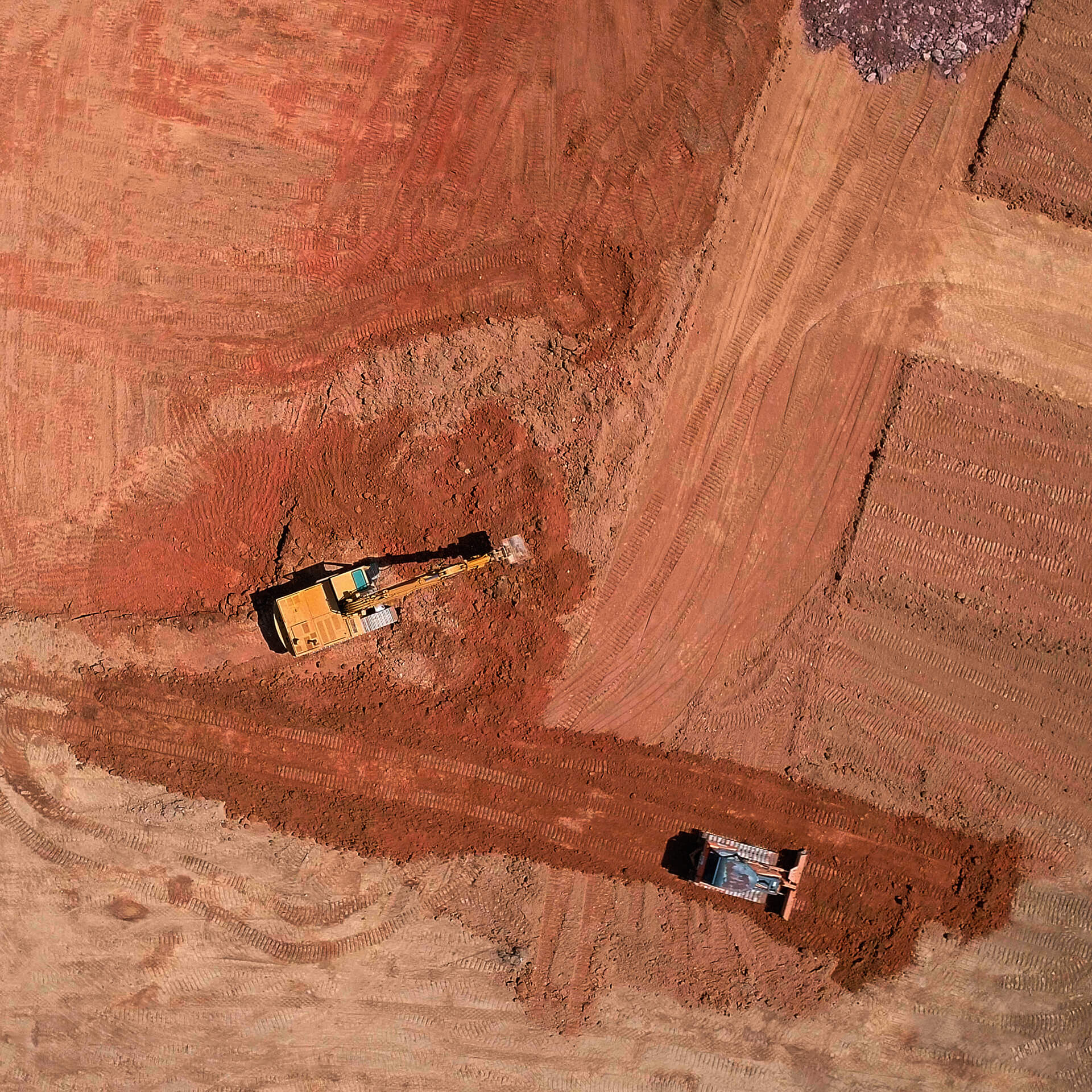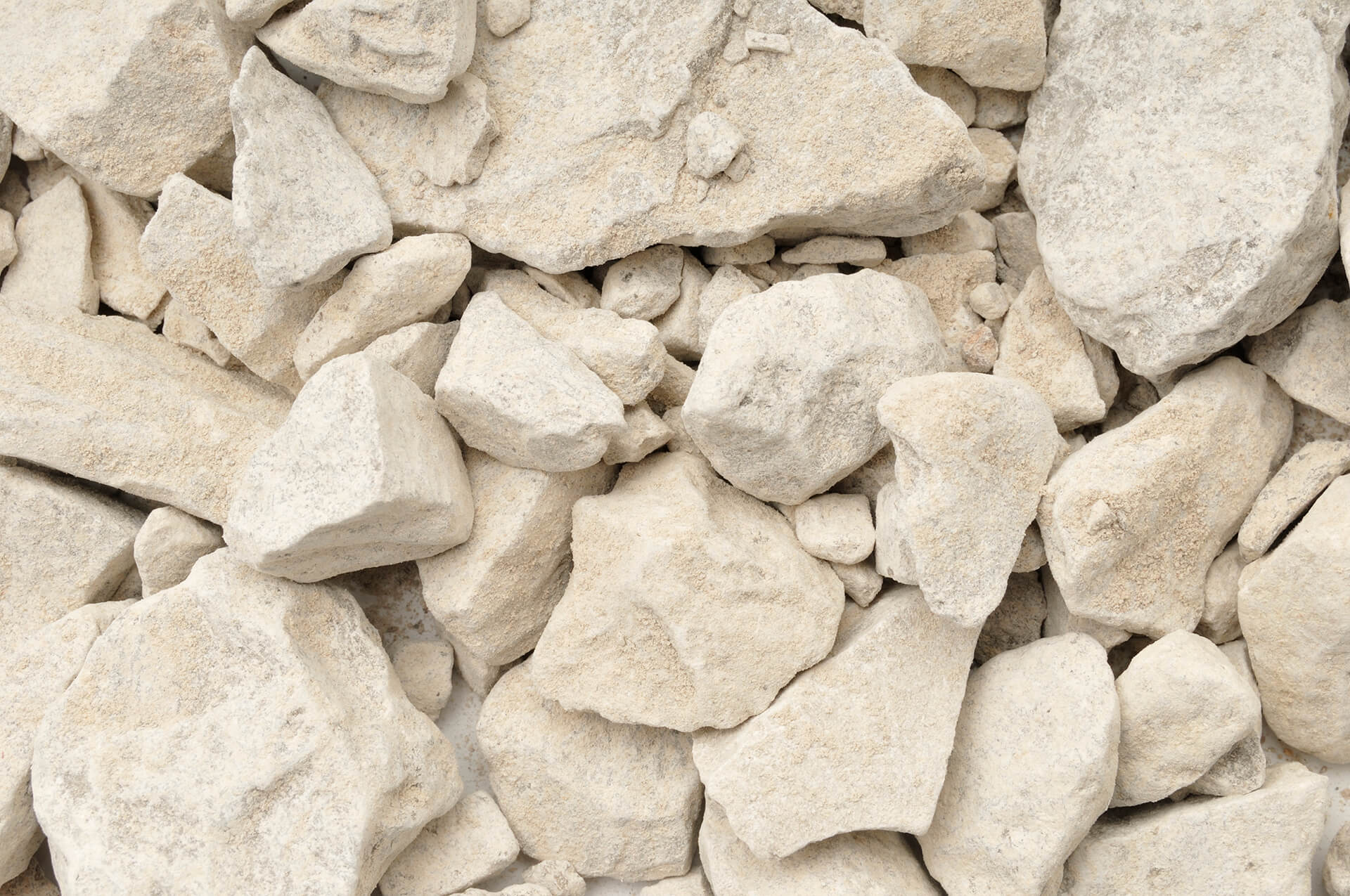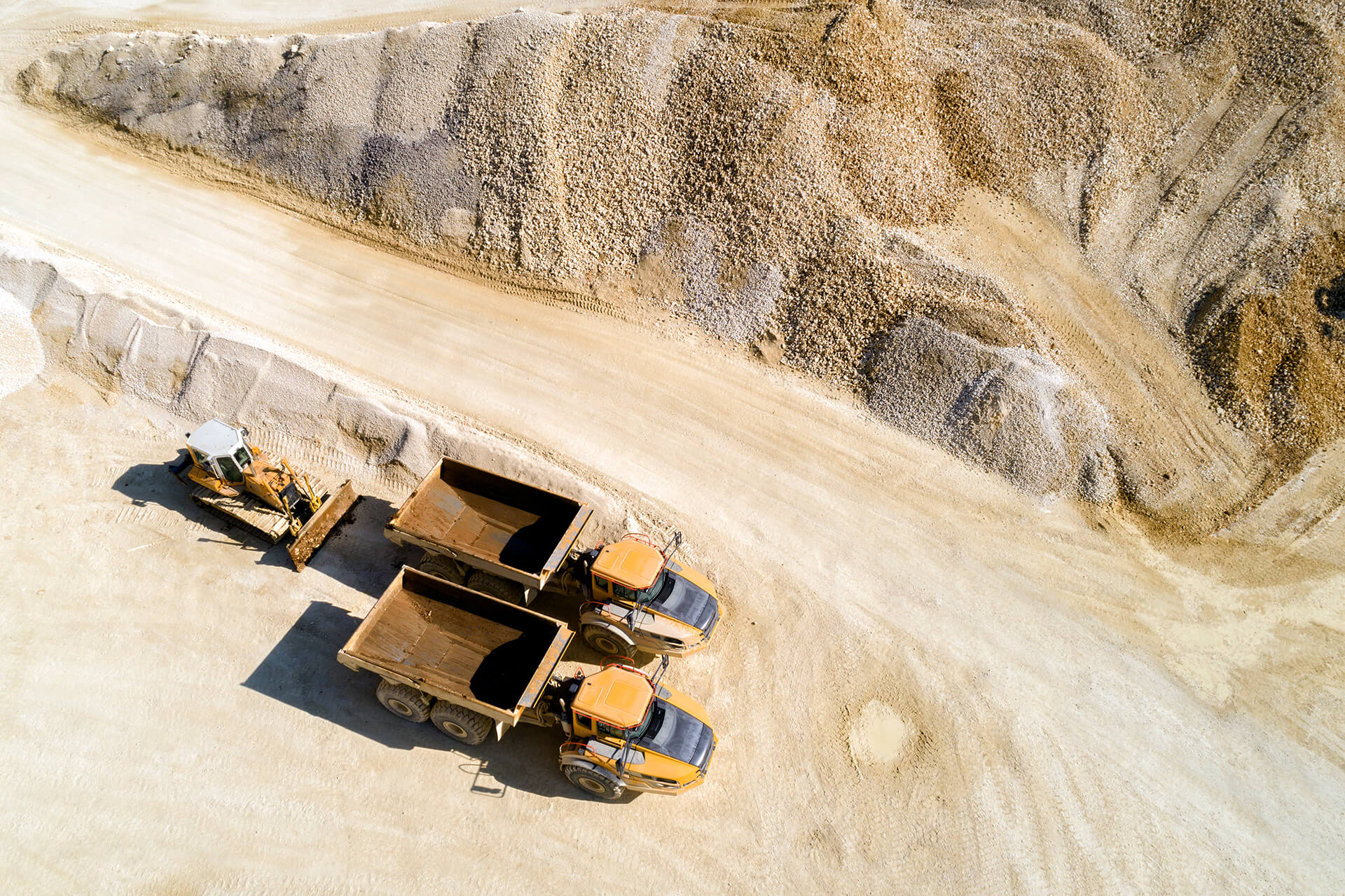What Is Lime Stabilization
While lime, like cement, is frequently seen as the quick answer to very wet soils, lime stabilization is the alteration of inherently weak or plastic soils, that may also be wet, into a much improved material whose physical engineering properties are significantly altered. The changes to the soil include increasing its strength, decreasing its water sensitivity, and volume change as the moisture content is altered.
When To Use It
While lime will have a positive effect on a broad range of soils, it is most effective with clay bearing soils, with which it can react both chemically and physically to alter the clays physical properties, and to produce a radically new material. As long as sufficient clay is present, the remainder of the soil can be silts, sands, or gravels. Organic contamination is to be avoided.



